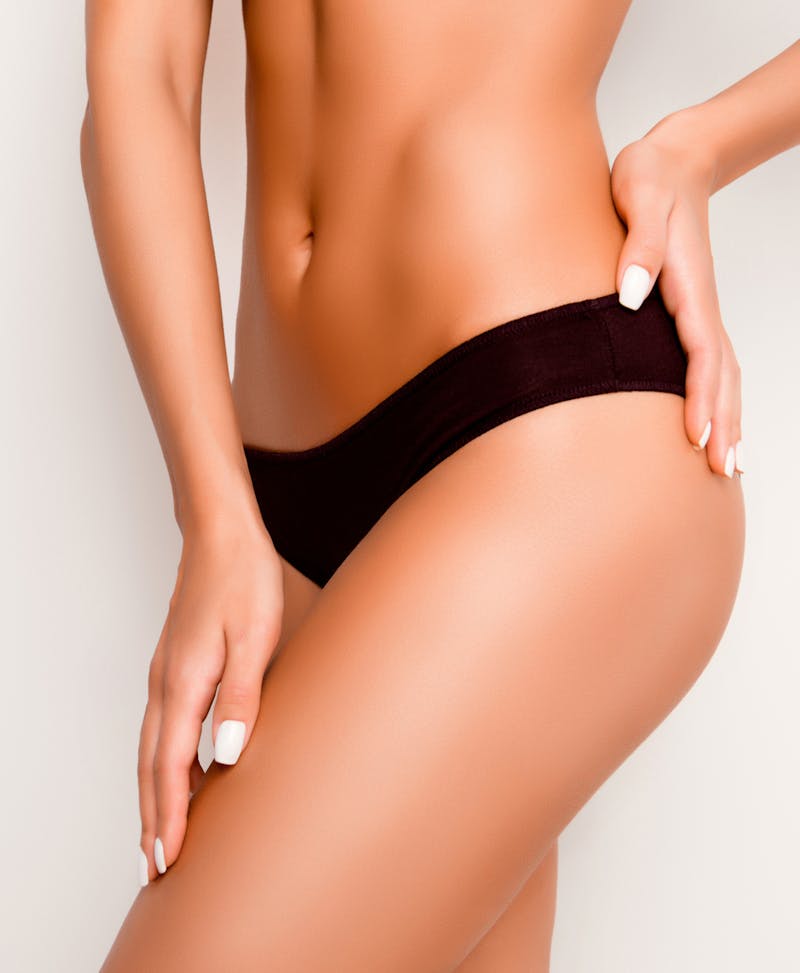
Liposuction is a minimally invasive cosmetic surgery designed to improve body contour by permanently removing fat in areas that do not respond to exercise and diet. These areas most often involve the abdomen, flanks, arms, and thighs. For some women who are considering liposuction of the outer thighs (“saddle bags”) or buttocks, an additional concern often involves the treatment of cellulite in those areas.
What Results Are Possible With Liposuction?
Body contouring with liposuction involves permanent surgical removal of fat cells from under the skin. Patients should be in good general health, maintain proper nutrition, and engage in regular exercise. Important considerations for patients considering liposuction include:
- Liposuction is designed to improve body contour and is not a method of weight loss
- Skin tone in treated areas should be good enough to retract after fat removal
- Once they are removed with liposuction, fat cells are permanently eliminated, although the remaining fat cells may increase in size if patients gain weight
How is Cellulite Best Treated?
Cellulite usually affects the upper thighs of women and refers to dimpling of the skin due to fat lobules protruding between tethering bands under the skin. Because of these interconnected structures, as opposed to separate pockets of fat, cellulite cannot simply be removed with liposuction, and there are currently no ideal treatment options to address it fully.
Important considerations in patients with cellulite include:
- Cellulite is common and seen in a large number of women of all ages
- Cellulite is not caused by obesity and does not disappear with weight loss
- Liposuction is not a definitive treatment for cellulite, although it may provide limited improvement in some cases



